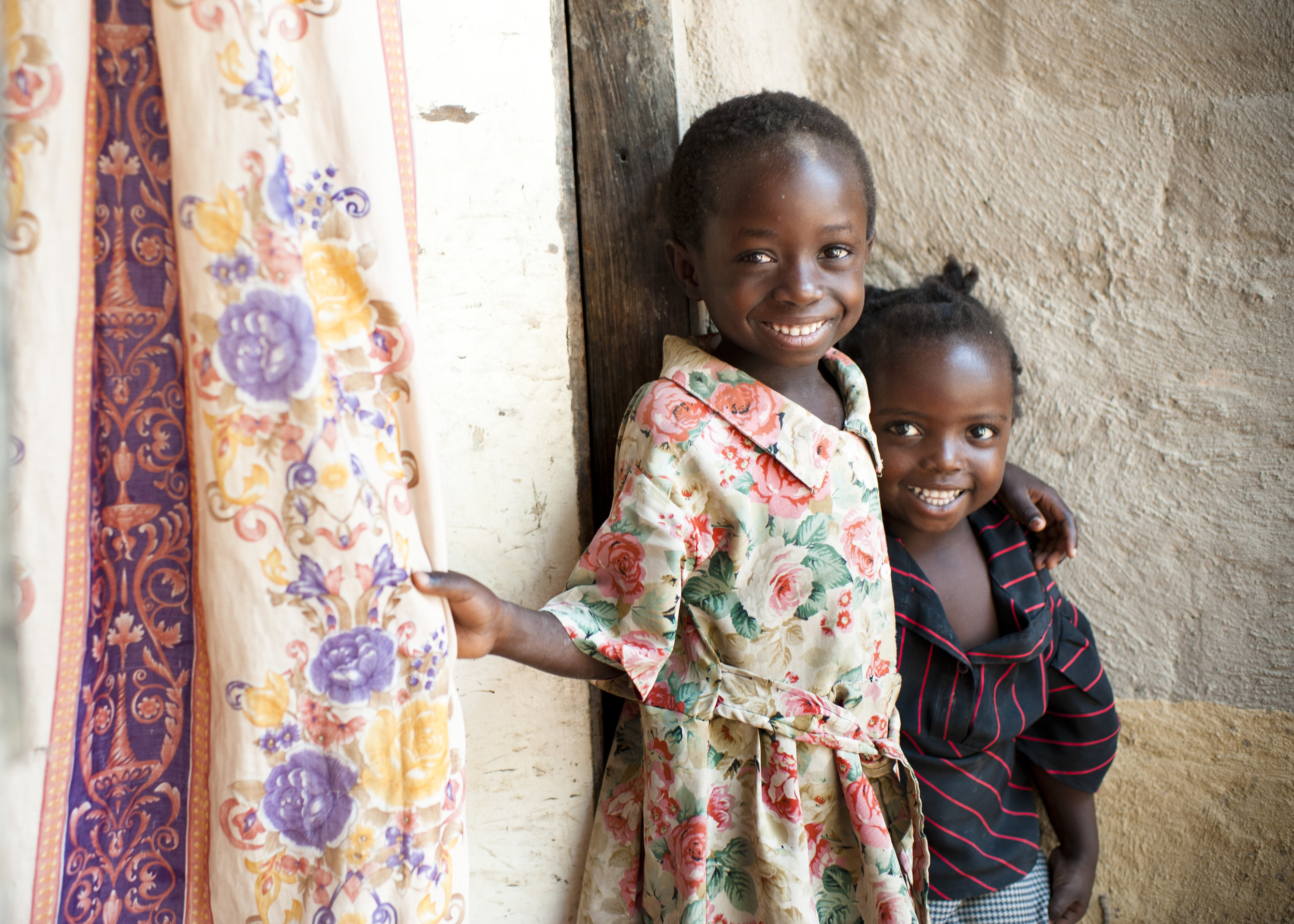Protecting Our Children: Developing Tools that Make a Difference
We're excited about our newest publication, Protecting Our Children: How African Community Organizations Strengthen Child Protection Systems, available on our website. This forty-page resource resulted from a three year initiative involving eight of our grantee-partners in six African countries. Our collective goal was to strengthen communities and protect children from abuse.
The initiative was launched with a great deal of research, as we collected information from proposals, surveys, site visits, and group meetings. This information led to the development of tools to help our partners assess the current state of child protection systems in their community. The tools were not only helpful to each organization adopting them, but they were also used in a cumulative fashion to give us a better perspective about child abuse more broadly. We noted trends that became apparent involving child abuse, child protection, and the role of CBOs in the process.
Beyond the eight partners we worked with directly, we also surveyed a larger pool of CBOs that were not involved in the initiative. A total of twenty-six additional CBOs were surveyed to collect information about CBOs engaging in the area of child protection. This additional step allowed us to validate our understanding of how these types of organizations work. Our multi-pronged process allowed us to gain greater insights into the strengths and challenges of CBOs engaged in child rights and child protection issues.
Tools Developed
Child protection can be difficult to measure. We developed and adapted two tools that aided in our efforts that can be found in the ebook. These may be adapted to other content areas, as needed, by organizations necessitating assessment and evaluation tools in the field.
Program Mapping Tool This tool helped isolate key players working for or against child rights and protection. It also provided a comprehensive orientation to child abuses in any given community. The Program Mapping Tool was used by our partners to analyze the situation more objectively, which was extremely helpful. It also helped partners produce advocacy strategies to target.
Program Model Tool This generalist tool can be used by any organization wanting to assess the full spectrum of its programming, the nuances of each program, and the interconnections across programs. The Program Model Tool also helps to generate dialogue to share ideas about organizational needs and how to prioritize future support.
Protecting Our Children, features a great deal of lessons learned from working with these eight grantee-partners. Our work is not done though. This ebook is a key to sharing our lessons with our audience at home, as we collectively work towards eradicating child abuses.
Over the next five years, we plan to deepen and strengthen our work even more in child protection systems. We are excited to be working with thirty-seven partners over the coming years to build on what we have learned here.
We plan to integrate more advocacy and counseling into our work with CBOs dealing with child protection issues. Our goal is to create an infrastructure for tracking change by working with partner organizations to improve monitoring and evaluation stages of programming. Also, district-level governments will be helpful allies in tracking statistics on children.
All in all, we are very happy with the work that we have done and all the new knowledge that we have gained about child protection systems and CBOs. We must now find ways to integrate our knowledge into new programming efforts that more effectively and efficiently eliminate child abuse on a global scale.


